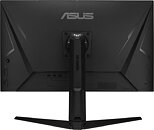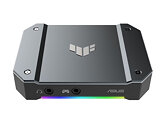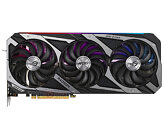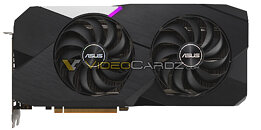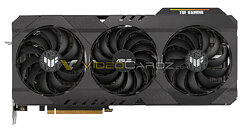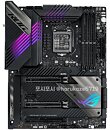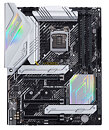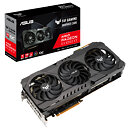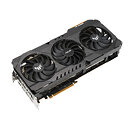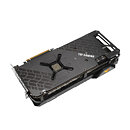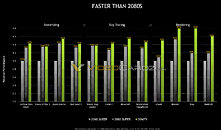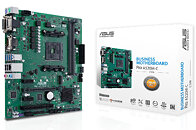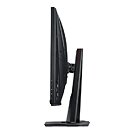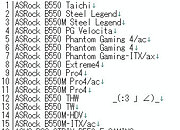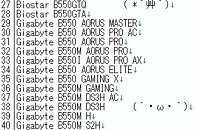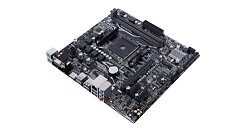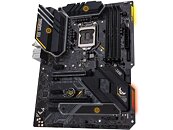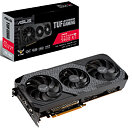ASUS today launched a trio of custom-design AMD Radeon RX 6700 XT graphics cards. These include the RX 6700 XT DUAL, the TUF Gaming RX 6700 XT OC, and the top-of-the-line ROG Strix RX 6700 XT O12G. All three a factory-overclocked cards, and while the company didn't disclose the clock-speeds, one can make out how the three stack up—the ROG Strix at the top, the TUF Gaming OC next, followed by the DUAL. The company will also sell reference-design RX 6700 XT cards. The ROG Strix RX 6700 XT O12G leads the pack with its latest-gen DirectCU III cooling solution that's featured across its custom RX 6000 and RTX 30-series lineup; which features a large aluminium fin-stack heatsink, a trio of the latest-gen Axial-Tech fans, a blinding amount of RGB bling, and the strongest VRM setup among the three, which pulls power from a pair of 8-pin PCIe power connectors, and other goodies such as dual-BIOS, RGB and case fan headers.
The TUF Gaming RX 6700 XT OC is next up, along with its acclaimed TUF Gaming cooling solution that exposes much of its heatsink's bare-metal, through an airy metal shroud; and uses a trio of Axial-Tech fans. This card pulls power from two 8-pin PCIe connectors, much like the ROG Strix, but is expected to have a slightly downsized VRM, and lower factory-overclocked speeds. You still get dual-BIOS. Lastly, there's the RX 6700 XT DUAL, slotted in the company's sober-looking PRIME family of motherboards and graphics cards. It features a more compact board design, with a lighter aluminium fin-stack heatsink that uses only a pair of Axial-Tech fans. This card pulls power from 6-pin + 8-pin connectors. All three are expected to launch on March 18, 2021.















